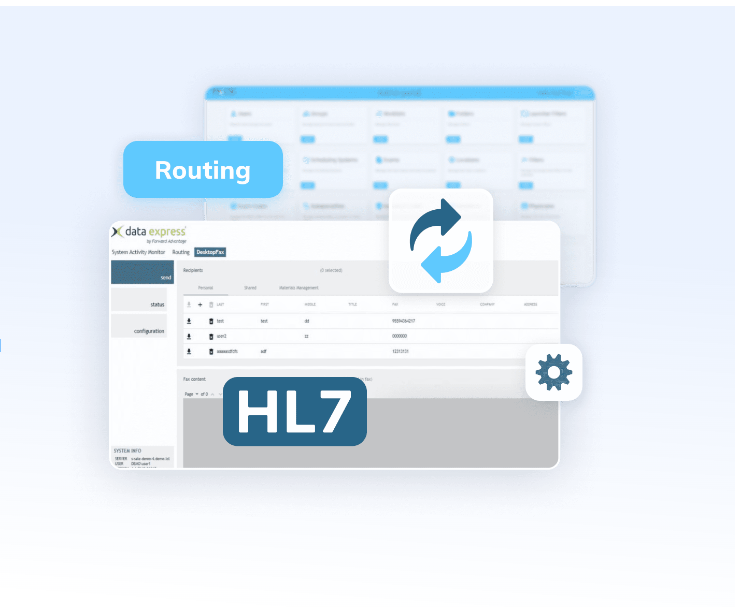Unlocking the Potential: HL7 EMR Integration

Introduction to HL7 EMR Integration
In the labyrinth of healthcare data management, HL7 EMR integration stands as a beacon of efficiency and interoperability. But what exactly do these acronyms signify? HL7, or Health Level Seven, is a set of international standards for the transfer of clinical and administrative data between software applications. EMR, or Electronic Medical Records, digitizes patient information for streamlined access and management. The integration of these systems revolutionizes healthcare delivery by enabling seamless communication and data exchange.
Understanding HL7 Standards
Delving deeper, let's decipher the intricacies of HL7 standards. HL7 Version 2, the most widely used, focuses on message structure and data format. In contrast, Version 3 adopts an object-oriented approach, enhancing interoperability and semantic understanding. These standards foster consistency, efficiency, and compatibility across diverse healthcare environments.
Key Components of HL7 EMR Integration
Central to HL7 EMR integration are its key components. EMR systems serve as the digital repositories of patient records, diagnoses, and treatment plans. HL7 Interface Engines act as mediators, translating data formats and routing messages between disparate systems. Data mapping and transformation tools ensure seamless data exchange, aligning disparate schemas for coherent communication.
Challenges in HL7 EMR Integration
Despite its transformative potential, HL7 EMR integration faces several challenges. Interoperability issues arise from the diversity of systems and standards employed across healthcare settings. Data security concerns loom large, necessitating robust encryption and access controls to safeguard sensitive patient information.
Best Practices for Successful Integration
Navigating the complexities of integration demands adherence to best practices. Comprehensive planning lays the groundwork for seamless implementation, identifying stakeholders, and defining objectives. Regular testing and monitoring ensure the reliability and performance of integrated systems, minimizing disruptions to clinical workflows.
Cost Considerations
While the benefits of HL7 EMR integration are undeniable, it's essential to weigh the associated costs. Initial setup costs encompass software licensing, hardware infrastructure, and implementation services. Ongoing maintenance expenses include software updates, technical support, and staff training.
HL7 EMR Integration Process
The integration journey unfolds through distinct phases. The planning phase involves stakeholder engagement, needs assessment, and solution design. The implementation stage encompasses system configuration, data mapping, and interface development. Testing and deployment validate system functionality and ensure a smooth transition to integrated operations.
Case Studies
Real-world examples illustrate the transformative impact of HL7 EMR integration. From large healthcare systems to small clinics, successful integration initiatives streamline workflows, improve data accuracy, and enhance patient care. Yet, pitfalls such as inadequate planning or insufficient training underscore the importance of thorough preparation.
Future Trends
As healthcare evolves, so too does HL7 EMR integration. Emerging technologies like artificial intelligence and blockchain hold the promise of further optimizing data exchange and interoperability. These innovations herald a future where healthcare delivery is more personalized, efficient, and accessible.
FAQs
- What is HL7 EMR Integration?
- How does HL7 facilitate integration?
- What are the common challenges?
- How long does integration typically take?
- What are the cost considerations?
- What are the future trends in HL7 integration?
- Industry
- Art
- Causes
- Crafts
- Dance
- Drinks
- Film
- Fitness
- Food
- Giochi
- Gardening
- Health
- Home
- Literature
- Music
- Networking
- Altre informazioni
- Party
- Religion
- Shopping
- Sports
- Theater
- Wellness
- News


